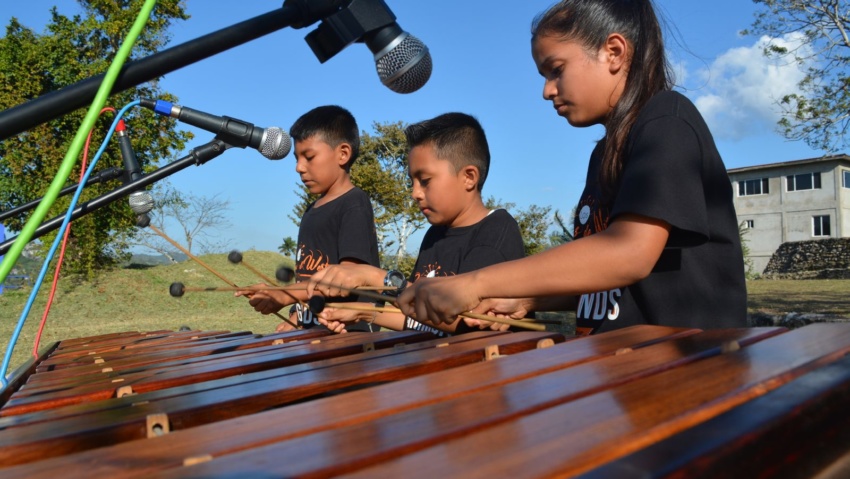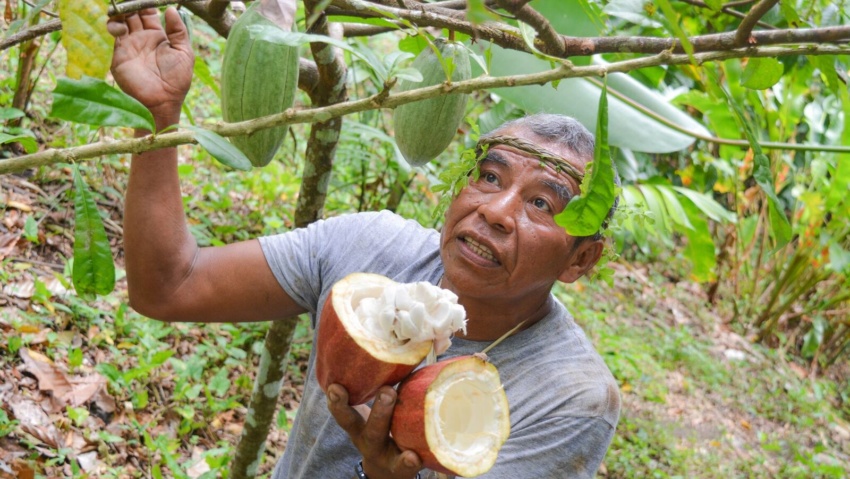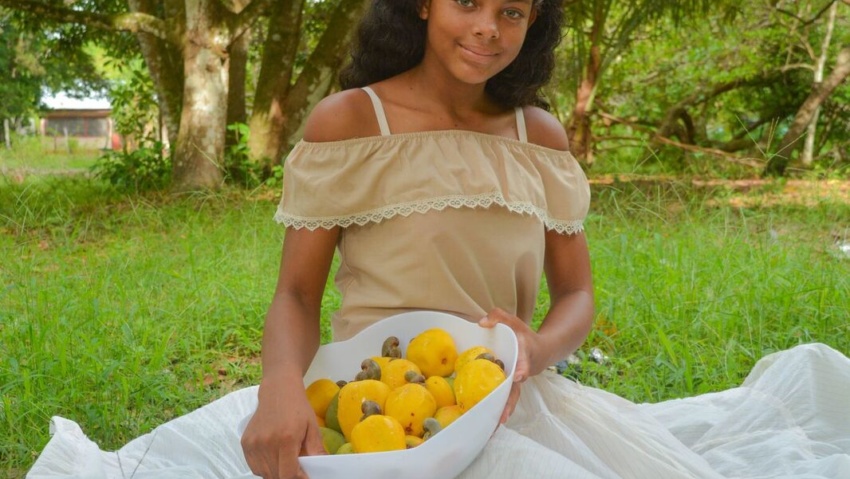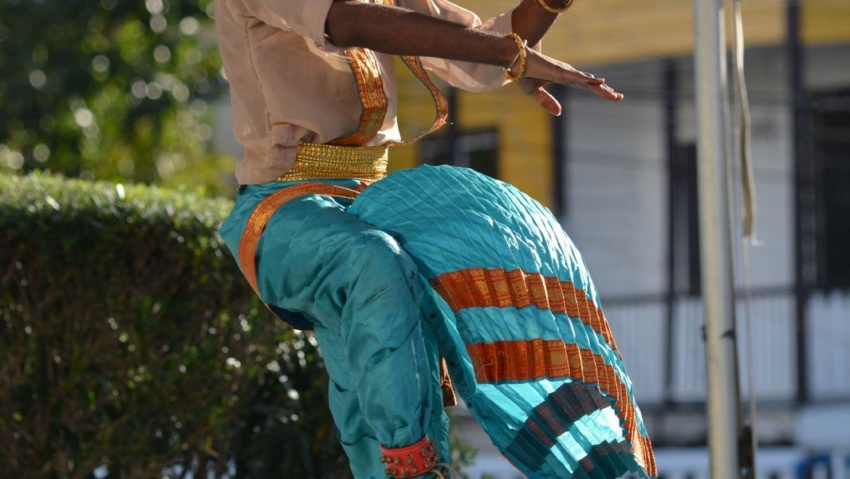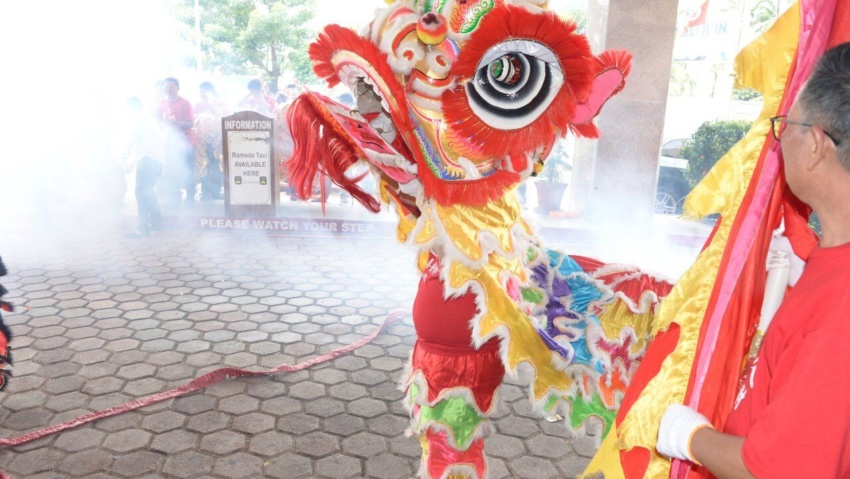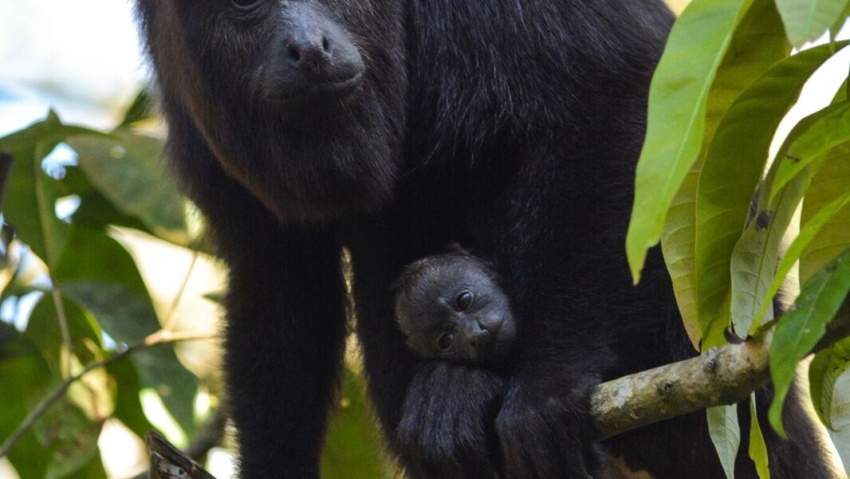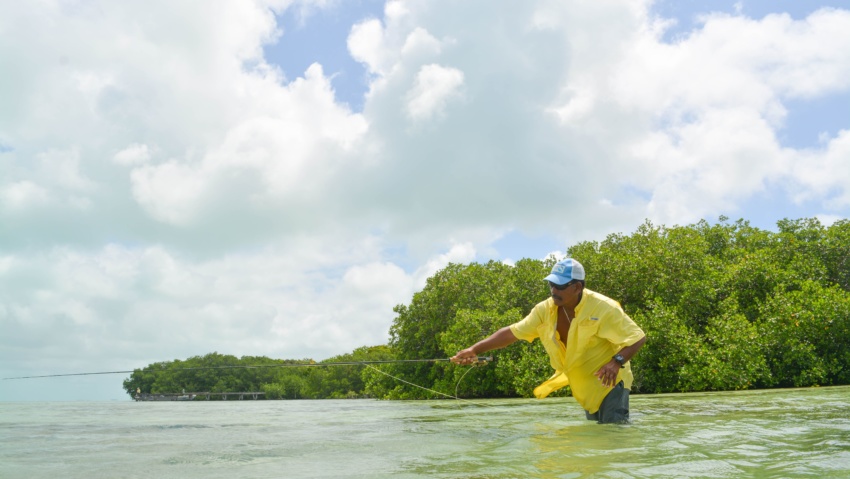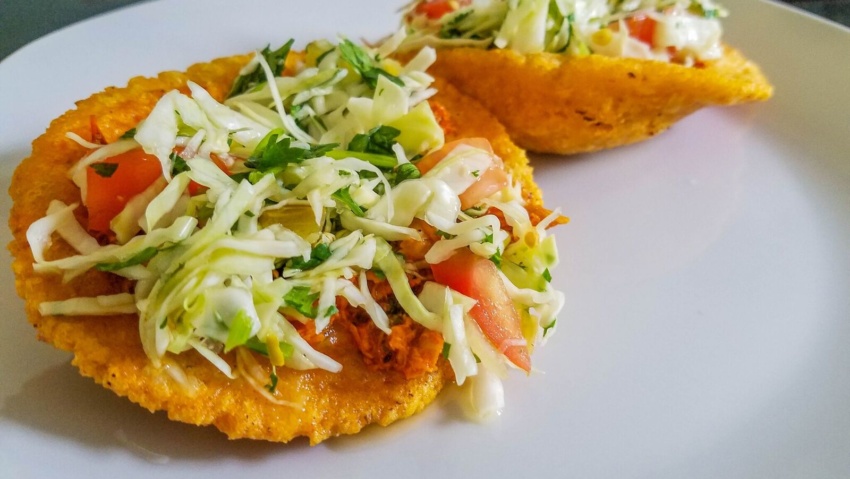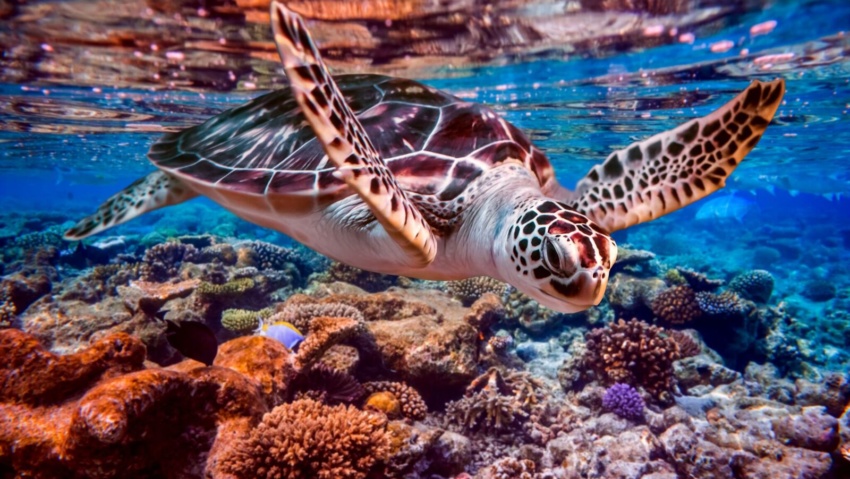From traditional to modern beats, the marimba remains firmly rooted in western Belize. By Nalleli E. Yacab The origins of the marimba—one of the folkloric riches of Belize—can be traced to Africa. Brought to the Americas through enslaved Africans, modifications were made to this xylophone-like percussion instrument to create its mellow sounds, specifically in Central American countries such as Guatemala, Mexico, and Costa Rica. In Benque Viejo del Carmen, the last town on Belize’s western border with Guatemala, marimba music is deeply rooted, long preserved thanks…
